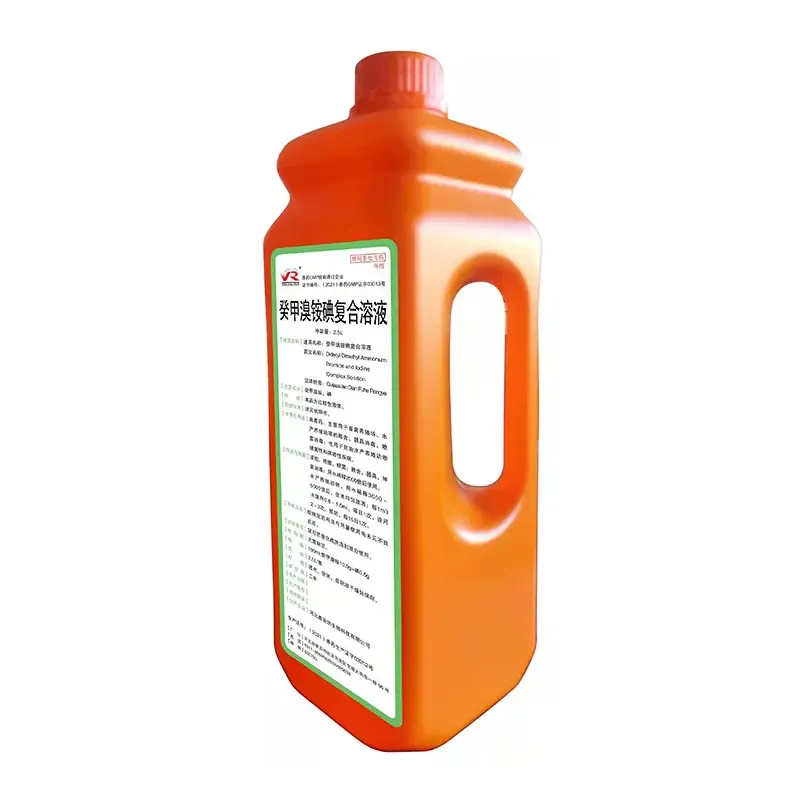- Afrikaans
- Albanian
- Amharic
- Arabic
- Armenian
- Azerbaijani
- Basque
- Belarusian
- Bengali
- Bosnian
- Bulgarian
- Catalan
- Cebuano
- Corsican
- Croatian
- Czech
- Danish
- Dutch
- English
- Esperanto
- Estonian
- Finnish
- French
- Frisian
- Galician
- Georgian
- German
- Greek
- Gujarati
- Haitian Creole
- hausa
- hawaiian
- Hebrew
- Hindi
- Miao
- Hungarian
- Icelandic
- igbo
- Indonesian
- irish
- Italian
- Japanese
- Javanese
- Kannada
- kazakh
- Khmer
- Rwandese
- Korean
- Kurdish
- Kyrgyz
- Lao
- Latin
- Latvian
- Lithuanian
- Luxembourgish
- Macedonian
- Malgashi
- Malay
- Malayalam
- Maltese
- Maori
- Marathi
- Mongolian
- Myanmar
- Nepali
- Norwegian
- Norwegian
- Occitan
- Pashto
- Persian
- Polish
- Portuguese
- Punjabi
- Romanian
- Russian
- Samoan
- Scottish Gaelic
- Serbian
- Sesotho
- Shona
- Sindhi
- Sinhala
- Slovak
- Slovenian
- Somali
- Spanish
- Sundanese
- Swahili
- Swedish
- Tagalog
- Tajik
- Tamil
- Tatar
- Telugu
- Thai
- Turkish
- Turkmen
- Ukrainian
- Urdu
- Uighur
- Uzbek
- Vietnamese
- Welsh
- Bantu
- Yiddish
- Yoruba
- Zulu
Tach . 13, 2024 19:10 Back to list
enrofloxacin injectable
Enrofloxacin Injectable An Overview
Enrofloxacin is a powerful antimicrobial agent belonging to the fluoroquinolone class, primarily used in veterinary medicine. It is known for its broad-spectrum antimicrobial activity against a variety of bacteria, making it a valuable tool for treating infections in animals. The injectable form of enrofloxacin allows for rapid absorption into the bloodstream, ensuring a swift therapeutic effect, which is particularly important in severe, acute infections.
Indications and Usage
Enrofloxacin is commonly administered to livestock and companion animals. Its indications include the treatment of bacterial infections such as respiratory tract infections, urinary tract infections, skin infections, and other conditions caused by susceptible bacteria. Commonly treated species include dogs, cats, cattle, pigs, and poultry. The drug is particularly effective against Gram-negative bacteria, including Escherichia coli and Salmonella species, as well as some Gram-positive organisms.
Mechanism of Action
Enrofloxacin works by inhibiting bacterial DNA gyrase and topoisomerase IV, enzymes that are crucial for DNA replication and transcription in bacteria. By disrupting these processes, enrofloxacin effectively halts bacterial replication and growth, leading to the eventual death of the bacteria. This mechanism of action, combined with its excellent tissue penetration, makes enrofloxacin an effective choice for treating systemic infections.
enrofloxacin injectable

Dosage and Administration
The dosage of enrofloxacin varies depending on the species being treated and the severity of the infection. It is critical for veterinarians to determine the appropriate dosage regimen to ensure efficacy while minimizing the risk of adverse effects. Enrofloxacin is typically administered via subcutaneous or intravenous injection, with careful monitoring of the animal to observe for any potential side effects.
Safety and Side Effects
While enrofloxacin is generally well-tolerated, potential side effects include gastrointestinal disturbances, such as vomiting and diarrhea. Neurological effects, including seizures, have been reported, particularly at high doses. In some cases, enrofloxacin can also cause cartilage damage in young animals, which is why its use is often restricted in growing puppies and kittens. Therefore, veterinarians must assess the risks and benefits when prescribing this medication.
Conclusion
Enrofloxacin injectable stands out as a crucial antibiotic in veterinary medicine due to its broad-spectrum efficacy, rapid action, and convenience of administration. However, the importance of responsible use cannot be overstated, as inappropriate use can lead to the development of antibiotic resistance, which poses a serious threat to both animal and human health. Veterinarians play a key role in ensuring that enrofloxacin is used judiciously to maximize its benefits while minimizing potential drawbacks. With the right approach, enrofloxacin can continue to be an effective tool in the fight against bacterial infections in animals.
-
Guide to Oxytetracycline Injection
NewsMar.27,2025
-
Guide to Colistin Sulphate
NewsMar.27,2025
-
Gentamicin Sulfate: Uses, Price, And Key Information
NewsMar.27,2025
-
Enrofloxacin Injection: Uses, Price, And Supplier Information
NewsMar.27,2025
-
Dexamethasone Sodium Phosphate Injection: Uses, Price, And Key Information
NewsMar.27,2025
-
Albendazole Tablet: Uses, Dosage, Cost, And Key Information
NewsMar.27,2025













